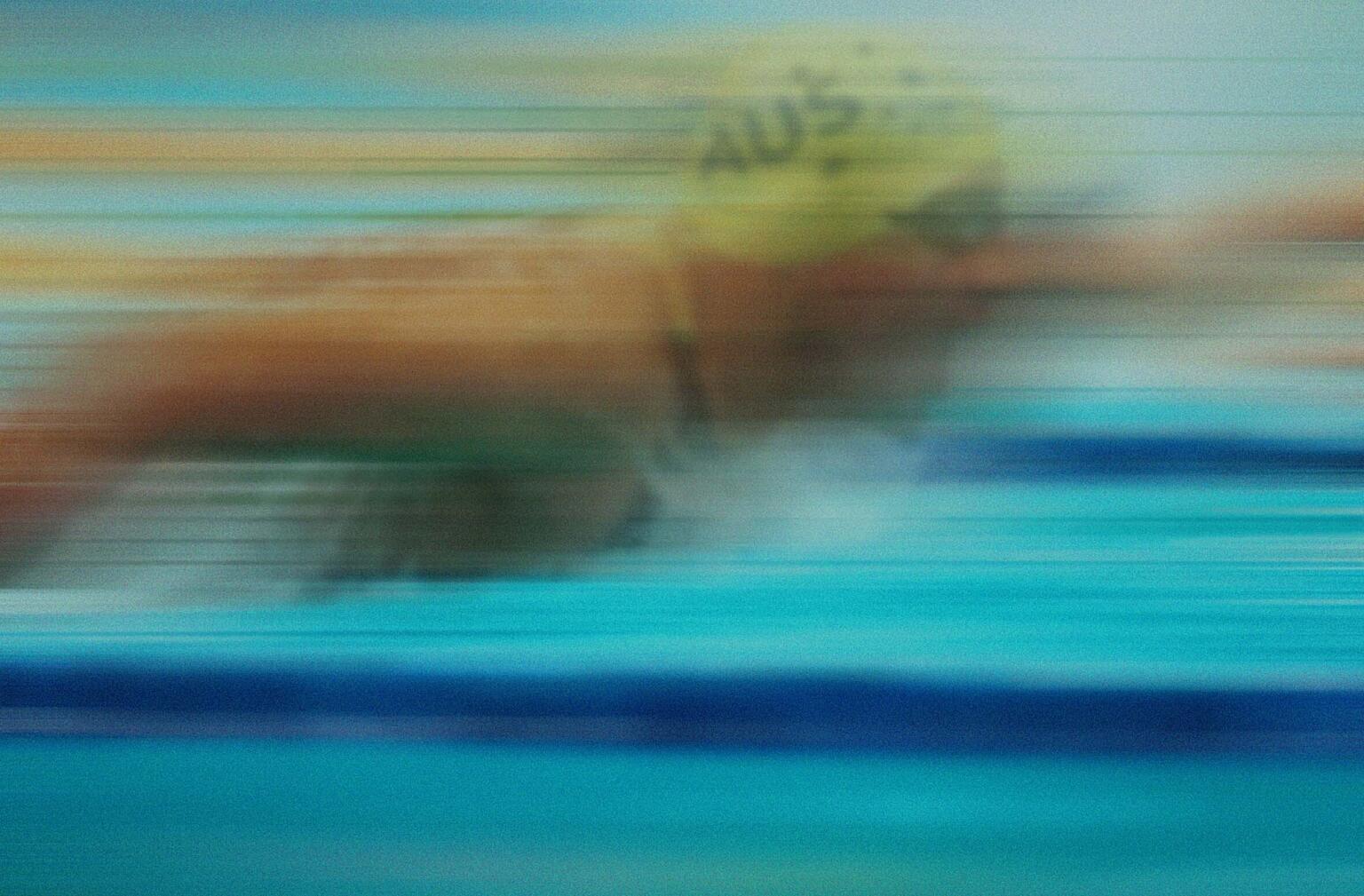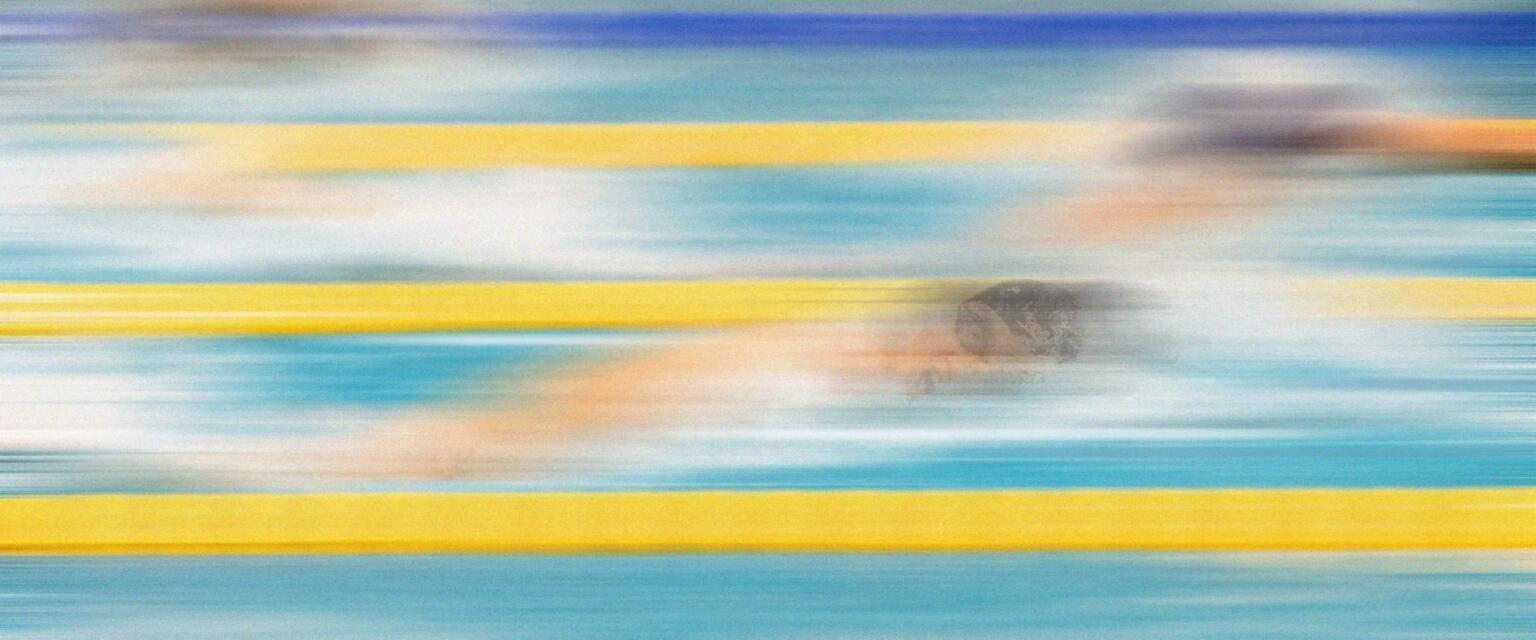Data is a goldmine for Australian swimmers

OVERVIEW
In July of 2021, the Australian women’s swim team won multiple medals (including gold) and set a new world record at the 2020 Tokyo Summer Olympics. Full credit to the athletes for such an amazing performance, but Swimming Australia had a secret weapon. Together with Slalom Build, they developed a data model app that uses real time stats and AI/ML to predict future swim times for their team and competitors, enabling the coaches to choose the right team members for the highest probability of a podium finish. It was their very own (data-driven) crystal ball.
SCOPE
Data Engineering, Application Modernization, Experience Design, Quality Engineering
TECHNOLOGY
AWS Serverless Data Lake Framework (SDLF), AWS Glue, Postgres RDS, AWS Intrusion Detection System (IDS), AWS React
Data gold
In competitive swimming, every team is looking for an edge that puts them a few strokes ahead of their competitors. Traditionally, training techniques, swimsuit and cap design, body mass ratio are typical focus areas for competitors and coaches. In preparation for the delayed 2020 Tokyo Summer Olympics, Swimming Australia was searching for an even sharper edge: they wanted to use data to try and help predict the future—and, of course, win more medals.
They wanted to build an app to help them make decisions about athlete placement in the various heats and visualize key metrics during the swim events in real time. However, with just a few weeks until the Olympics, their new app inexplicably faltered. So Swimming Australia partnered with Slalom Build to get it across the finish line.

Diving in
Getting the app operational again required Slalom Build to dive into the data sources, identify what inputs came from where, and which lane the failure was in. They jumped into the deep end of the underlying data model and the current state architecture based on AWS Serverless Data Lake Framework (SDLF) to solve the loading enigma.
Due to the aggressive time constraints, our PEM phases—Discovery, Delivery, Enhancement & Operation, and Transition—were accelerated and completed at breakneck speed. Oftentimes even happening concurrently.
Through intensive investigation we determined the issues were not with the model, but with the data itself. The model depends on the accurate ingestion of disparate data sources, including:
- Sparta Science (Sparta): Leverages the power of ML to capture data in minutes and delivers personalized guidance to improve performance.
- The Swimming Relay app: Calculates best combinations for heats and relays.
- Fédération Internationale de Natation (FINA): International federation recognized by the International Olympic Committee for administering international competitions in water sports.

Take, for example, Swedish. Even though it has the same alphabet as English, there are three additional letters: Å, Ä, and Ö.
The last length
Once the architecture framework was vetted, we were able to determine several failure points of the data load. One of the most serious, and all too common, was attributed to naming conventions.
Take, for example, Swedish Olympian swimmer Sarah Sjostrom. The Swedish spelling of her last name is Sjöström. Even though Sweden has the same base alphabet as English, they have three additional letters: Å, Ä, and Ö. While they’re distinct letters, they weren’t being treated as such, and Sjostrom/Sjöström was not entered with any kind of consistency. And so: massive data load failures.
To address these load failures, we built a system script to clean data and standardize letters, which had to be done on a line-by-line basis.

The solution also stabilized multiple UI issues while accelerating data ingestion with AWS Glue into the SDLF, helping coaches visualise metrics that can drive insights and decisions. Finally, these insights were displayed to users via webhooks, and a front-end application built using React.
For the first time, the model could provide key, near real-time information on a poolside device. Providing Australia’s coaches with crucial information about their own swimmers, as well as times for swimmers from other countries.
For the win
With the fixed model aiding this elite team of swimmers, the Australian women collected SIX medals in the 2020 Tokyo Olympics swimming relay events, matching their previous record set in 1956. Better yet, Australia’s women won gold AND broke the world record in the women’s 4x100m freestyle relay. They shaved three-tenths of a second off their previous best and broke the world record of 3:30 for the first time in history, stopping the clock at 3:29.69. Canada (silver) and the United States (bronze) were both three seconds behind Australia, an eternity in the pool.

Thinking back to our initial conversation with Swimming Australia, their only KPI was number of medals won. Ultimately, this KPI blew past simple success—to triumph. Coaches now have access to crucial data that they use to fine-tune their data reports, athlete profiles, and performance metrics, gaining deeper intelligence for future events.
Swimming Australia has taken the lead in technology-enabled data augmentation and is now poised to have more precise data, allowing them to break more records in the future.
And coaches can shift their focus from time-consuming data administration to laser in on training Australia’s Olympians.
Images Courtesy of Australian Paralympic Committee
Next Up